Huayna Potosi is the most climbed mountain in Bolivia. To step on its summit is an amazing experience, and although they say that it is the easiest 6000m in the world, if you don’t prepare yourself well, your body will feel it.
So is Huayna Potosi dangerous? As long as you get to the top by sunrise and make the descent in the early hours of the day, Huayna Potosi is safe. After that, the sun’s rays heat the snow and it becomes too dangerous to walk on it.
The views are magnificent, the effort is great and depending on the time of year you want to go, the amount of climbers will also be important. June, July and August are the best months to climb Huayna Potosi because the ice remains firm and it is easier to climb it.
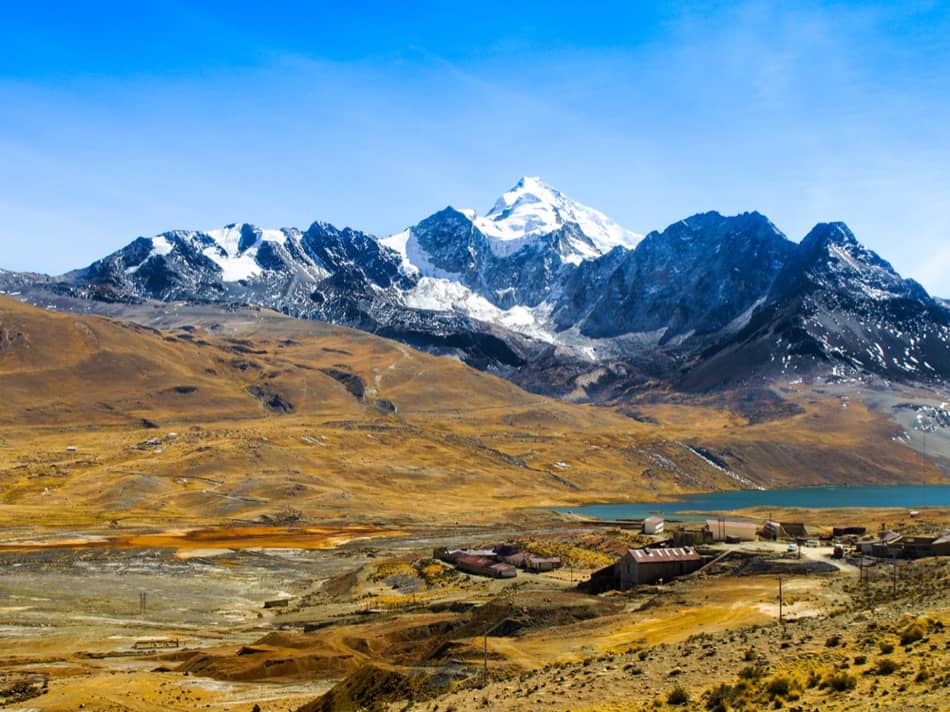
It’s best to start the climb at Huayna Potosi with some previous acclimatization. There are several smaller mountains that you can climb around La Paz to get used to the altitude.
Important: Climbing the Huayna Potosi requires previous experience in high mountains, clothing and technical equipment of the glacier (minimum double boots, backpack, crampons, ice axe, helmet, ice glasses), favorable climate, excellent physical and mental condition and of course a period of acclimatization to the height.
Here is my post about how hard it is to climb Huayna Potosi.
Contents
Popular Routes
Huayna Potosi has two summits, the North summit with (6094 m.a.s.l.) and the South summit with (5960 m.a.s.l.) The normal route will take you to the North summit, from where you can appreciate the incredible view and a unique sunrise over La Paz and the tropical horizon.
There are other alternatives with more technical difficulties, like the French Route on the South face and the 1000 meter wall on the West face for the more daring ones.
Typical Itinerary
Huayna Potosi can be climbed with a long day hike or with a camp at 5500 m. At 6049m, it should be the easiest mountain to climb in the Cordillera Real.
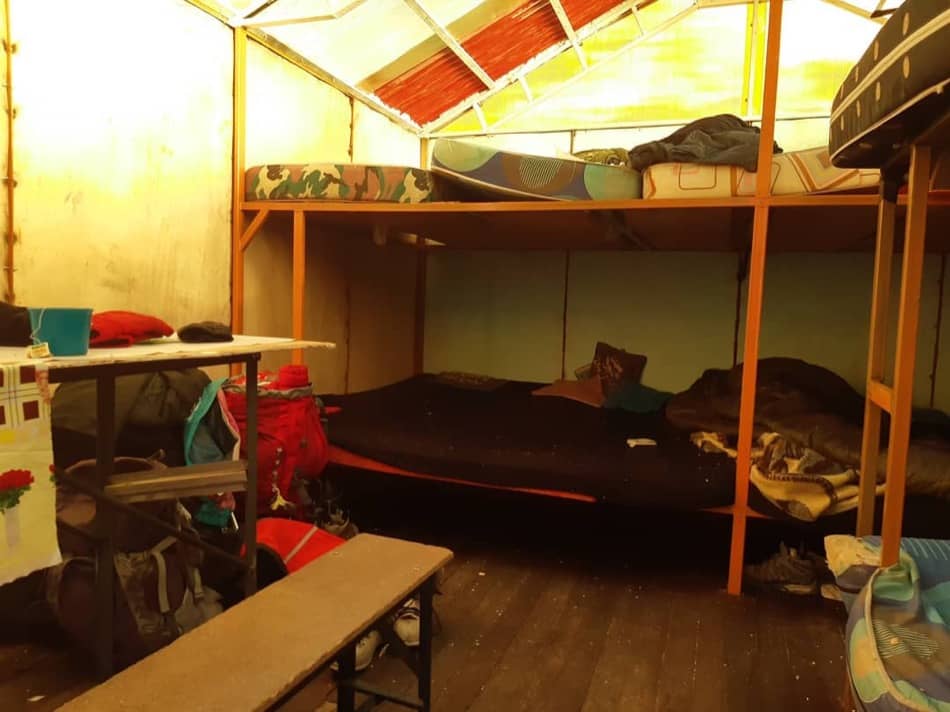
Day 1: La Paz – Base Camp Refuge
Expect a pickup from your hotel in La Paz followed by a 2 hour journey to the base camp shelter at 4900 m. s.n.m. This is followed by a light lunch and a mini trek towards the Zongo glacier to try the ice axes (piquettes), ropes, crampons and the adjustment and stringing techniques with your guide.
For approximately 3 hours, you will practice ascending and descending on ice walls, also auto-detection techniques in case of falling on slopes and finally a little coordinated work for the handling of ropes and the recognition of cracks in the glacier.
This first day on the mountain is quite intense, but effective. After the practice session, you return to your heated refuge to enjoy a nice dinner and sleep.
Day 2: Refuge I – High altitude refuge
After breakfast and packing your backpacks, you leave the base camp shelter to start a progressive ascent through mixed rock and snow terrain. With the weight of the backpack and some headwind the trek becomes a little hard.
It takes approximately 5 and a half hours to reach 5300 m.a.s.l. and reach your second high altitude refuge.
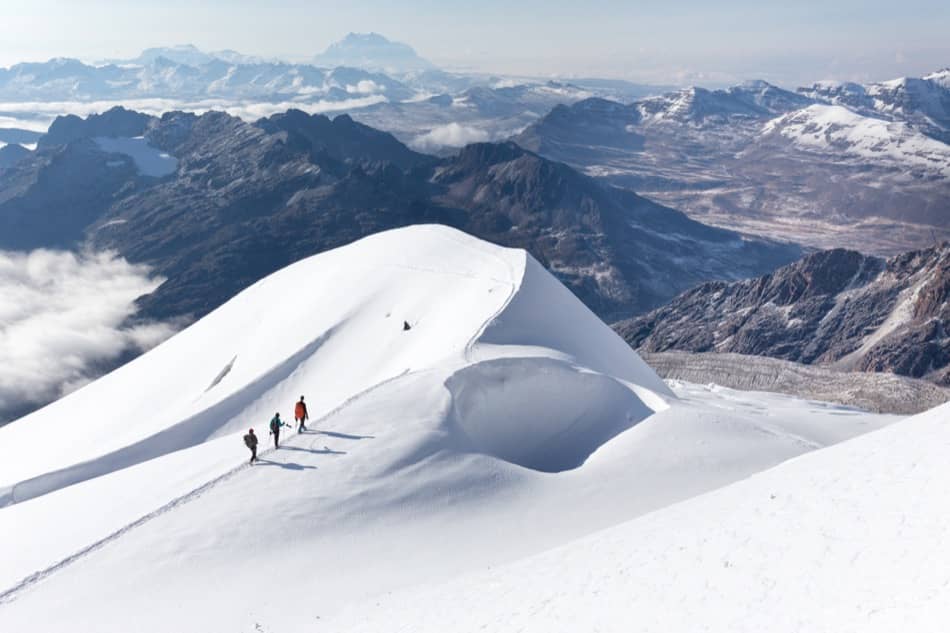
Day 3: High altitude refuge – Summit
This day (night?) starts super early at 01:00 am. You will leave the refuge to climb the glacier and then start the ascent through the ridge. The ascent is done on the East face where the slope is about 45°.
The first part is an extended climb with climbing sections using the ice axe all the time and being strung by 3 people. Everyone who has done high mountain knows that this is the point where there is no turning back.
In total, it takes approximately 6 hours to reach impressive summit of Huayna Potosi. Unfortunately, the summit has such a small physical space that you have to take turns to be on it, so you cannot stay there long. Just long enough to enjoy it, take the pictures and videos and start your way back.
The descent also has its complications because your legs are tired and walking becomes slow. In our case, it took us about 5 hours to get to the base camp shelter, where after a refreshing lunch we continued our walk to the truck that would take us back to La Paz.
Important: Climbing the Huayna Potosi requires previous experience in high mountain, clothing and technical equipment of the glacier (minimum double boots, backpack, crampons, ice axe, helmet, ice glasses), favorable climate, excellent physical and mental condition and of course a period of acclimatization to the height.
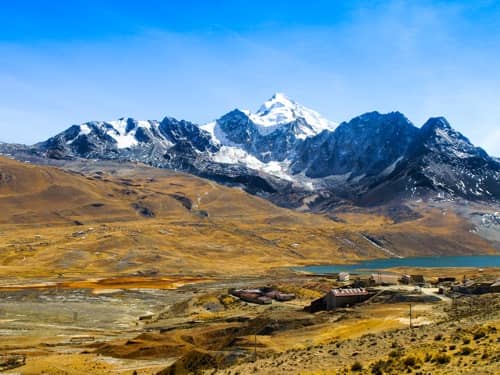
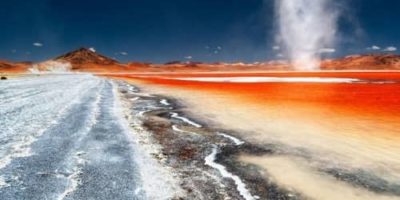
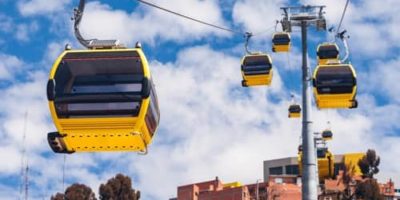
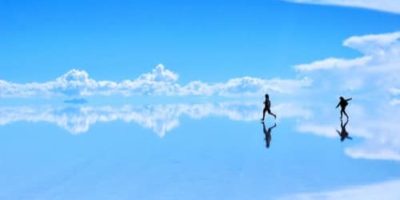
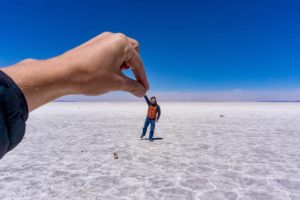




















Leave a Reply
You must be logged in to post a comment.